Why Brick Paving Is a Timeless Choice for Driveways and Walkways
Explore the enduring appeal of brick paving as a choice for driveways and walkways, delving into historical significance, aesthetic versatility, and practical benefits. Brick paving stands as a testament to human ingenuity, combining form and function in a versatile medium used throughout history. Despite the advent of modern materials, bricks continue to be favored for their durability and charm. This article will uncover why brick paving is a lasting choice, covering its historical roots, aesthetic versatility, and practical applications. Discover the reasons brick paving not only maintains its relevance but also gains popularity in modern construction and design.
The Historical Significance of Brick Paving
The Ancient Roots of Brick Usage
The history of brick usage dates back to ancient civilizations, including the Mesopotamians, who first used this material to build durable structures. Bricks were crafted from clay and baked in the sun, providing a sturdy foundation for homes and roads. This ancient technique laid the groundwork for future advances in brick paving methods, emphasizing durability and reliability. As societies evolved, so did the methods of brick-making and the complexity of their applications. The timeless nature of brick in construction underscores its ability to adapt and improve with technological advancements while retaining its foundational benefits.
Evolution of Brick Paving Techniques
Brick paving techniques have evolved significantly, with innovations in both manufacturing and laying methods enhancing their appeal. Initially, bricks were simply placed in order; however, patterns and interlocking designs soon emerged to address concerns with stability and aesthetics. Technological advances have facilitated the production of uniform and color-consistent bricks, enhancing their visual and functional appeal. Improvements in bonding materials and laying procedures have increased the longevity and weather resistance of brick pathways over time. These evolutions reflect humanity's continued dedication to refining and preserving this age-old craft.
Brick's Role in Historical Architecture
Throughout history, brick has served as a fundamental component in iconic architectural structures worldwide. Its role in defining the aesthetic and functional aspects of buildings—ranging from the Great Wall of China to the Roman roads—cements its place in architectural history. These historical examples demonstrate brick's ability to convey both strength and beauty, creating structures that withstand time and the elements. Brick's historical usage in both grand edifices and humble abodes alike exemplifies its adaptability and universal appeal. By studying such historical architecture, modern architects continue to draw inspiration from brick, integrating its timeless qualities into contemporary designs.
Preservation of Historical Pathways
Many historical pathways and structures featuring brick paving still stand today, serving as a testament to their enduring quality and craftsmanship. The preservation of these pathways is not only crucial for celebrating historical achievements but also for understanding historical construction techniques. As such, restoration projects often prefer authentic materials that honor traditional methods and aesthetics. The prevalence of brick in these efforts highlights its timelessness and the commitment to maintaining continuity between past and present. These preserved pathways continue to inspire, informing how modern construction values heritage while incorporating contemporary innovation.
How History Informs Modern Brick Paving
Historical insights into brick paving inform current practices, demonstrating the importance of sustainability, durability, and design flexibility. Modern brickmakers and designers draw from historical contexts to create products that meet today’s aesthetic demands and environmental considerations. For instance, the traditional methods of interlocking bricks in various patterns have been optimized to enhance structural integrity in modern settings. Furthermore, historical perspectives guide the development of eco-friendly practices and materials, reflecting the growing demand for sustainability in construction. By balancing historical knowledge with modern innovation, brick paving continues to evolve and remain relevant.
Aesthetic Versatility of Brick Paving
Variety of Colors and Textures
The aesthetic versatility of brick paving is one of its most appealing aspects, offering a wide range of colors and textures to suit any design preference. Traditional red bricks provide a classic, warm appearance, while modern techniques allow for the production of bricks in various hues and finishes. This adaptability enables designers to create customized visuals that enhance both residential and commercial landscapes. The texture variances, ranging from smooth to rough and everything in between, further contribute to the unique characteristics of a project. This extensive variability makes brick paving an adaptable choice for harmonizing with diverse stylistic themes and architectural designs.
Design Patterns and Customization
Brick paving offers tremendous opportunities for customization, particularly in the variety of design patterns available. From simple linear arrangements to intricate geometric designs, bricks can be laid in ways that express individual style and complement surrounding architecture. Patterns like herringbone, basket weave, and running bond demonstrate the creative potential in using bricks to enhance visual interest and guide foot traffic. This customization is not only about aesthetics but also practicality, as certain patterns provide enhanced structural integrity for high-traffic areas. Embracing design diversity allows for the creation of unique and personalized outdoor spaces, showcasing the timeless appeal of brick.
Integration with Landscape Design
Brick paving's ability to seamlessly integrate with landscape design enhances its appeal for both aesthetic and functional purposes. Its natural materials blend effortlessly with green spaces, creating pleasant transitions between built and natural environments. Designers recognize the ability of brick to complement greenery, water features, and other natural elements, adding texture and definition to outdoor areas. The flexibility in design allows for cohesive integration with gardens, courtyards, and urban areas alike, reinforcing harmony between nature and man-made structures. By leveraging this versatility, brick paving contributes to creating inviting, sustainable outdoor environments.
Timeless Approaches to Aesthetic Appeal
Brick paving's timeless aesthetic appeal lies in its ability to blend historical charm with contemporary elegance. Its classic and rustic look can enhance modern architectures just as effectively as it complements traditional styles. The permanence of brick's aesthetic qualities ensures that spaces designed with this material remain appealing throughout seasonal changes and design trends. The balanced combination of color, texture, and pattern facilitates integration with various architectural styles and landscape designs. This timeless appeal is a testament to brick paving's ability to enhance the beauty and cohesiveness of any architectural vision.
Case Studies of Iconic Brick Designs
Iconic brick designs across the globe serve as testaments to the material's enduring aesthetic and functional value. For instance, the intricate brickwork of Amsterdam’s streets and Venice's squares highlights the elegance and durability of brick in public urban landscapes. These case studies emphasize the adaptability of brick paving in diverse climatic and architectural conditions, showcasing its ability to maintain integrity and appeal. Each example reflects a successful blend of historical techniques with modern needs, highlighting the creative potential and practicality of brick. By studying these cases, designers derive inspiration and valuable lessons to apply to contemporary projects, underscoring brick's ongoing relevance.
Durability and Longevity of Brick Paving
Material Composition and Resilience
The resilience of brick paving owes much to its inherent material composition, made primarily of clay that is fired at high temperatures to form solid, durable units. According to Cognitive Market Research, the United States block paving market had a market share of USD 1645.92 million in 2024 and is projected to grow at a CAGR of 3.2% from 2024 to 2031. This production process results in a strong, long-lasting material capable of withstanding various pressures and conditions. Compared to other paving materials, bricks exhibit significant resistance to cracking, erosion, and wear, making them ideal for both residential and commercial applications. The natural sturdiness of brick paving ensures that it can sustain heavy traffic while maintaining its structural and visual integrity. This resilience makes it a preferred choice for locations that demand both functionality and aesthetics. Be sure to reach out to Creative Design Build Associates today for more information on our professional brick paving!

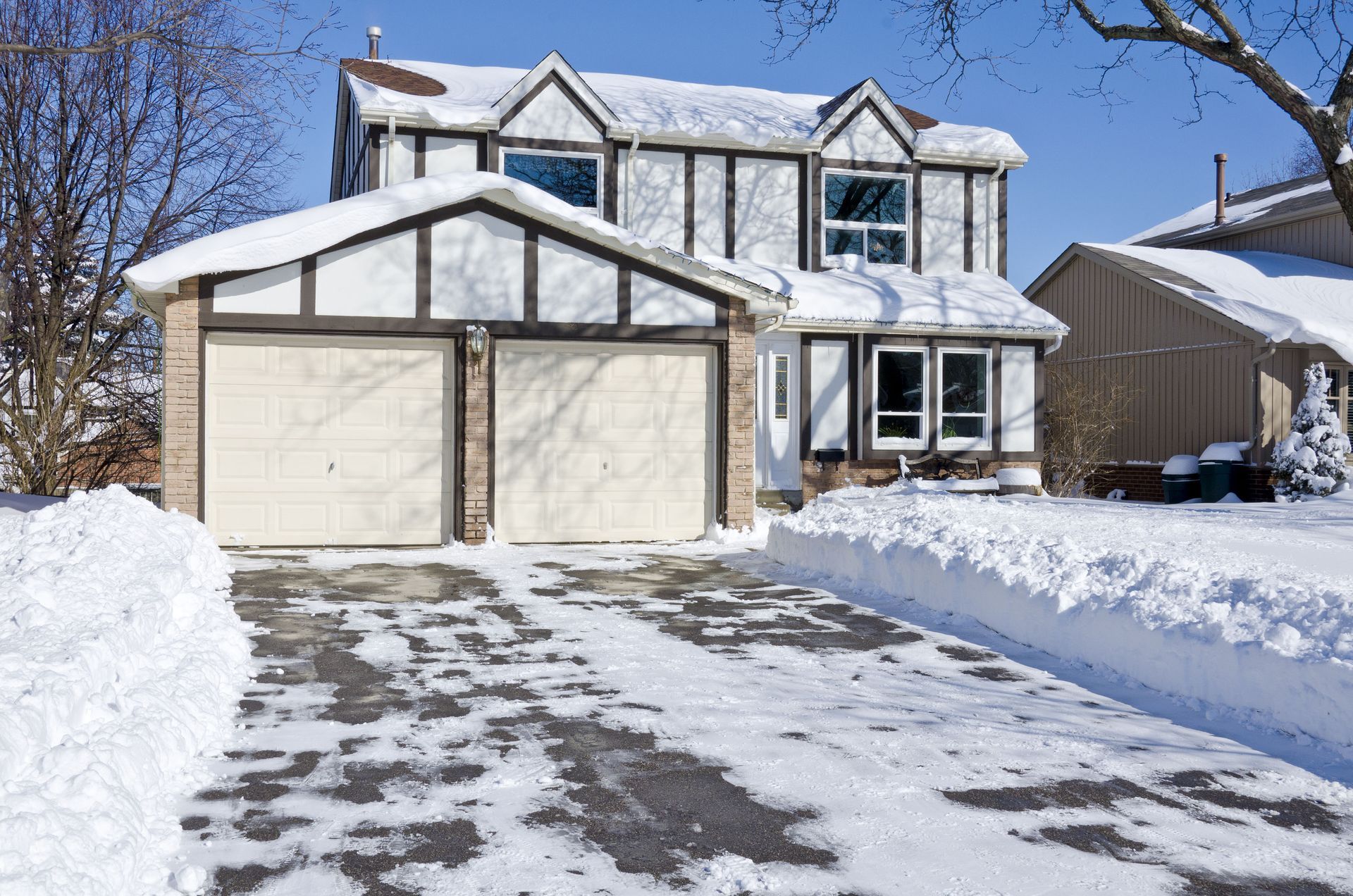
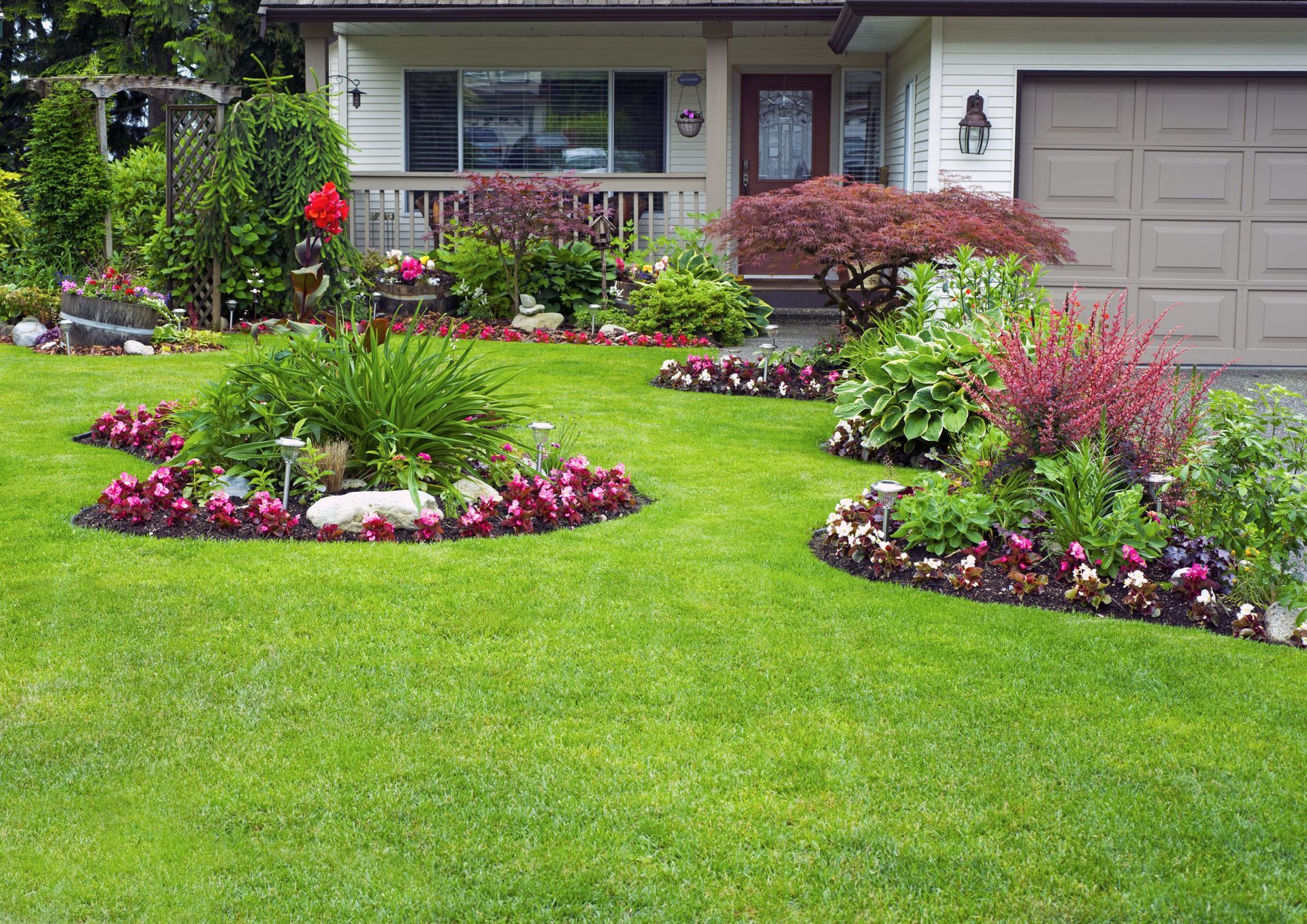
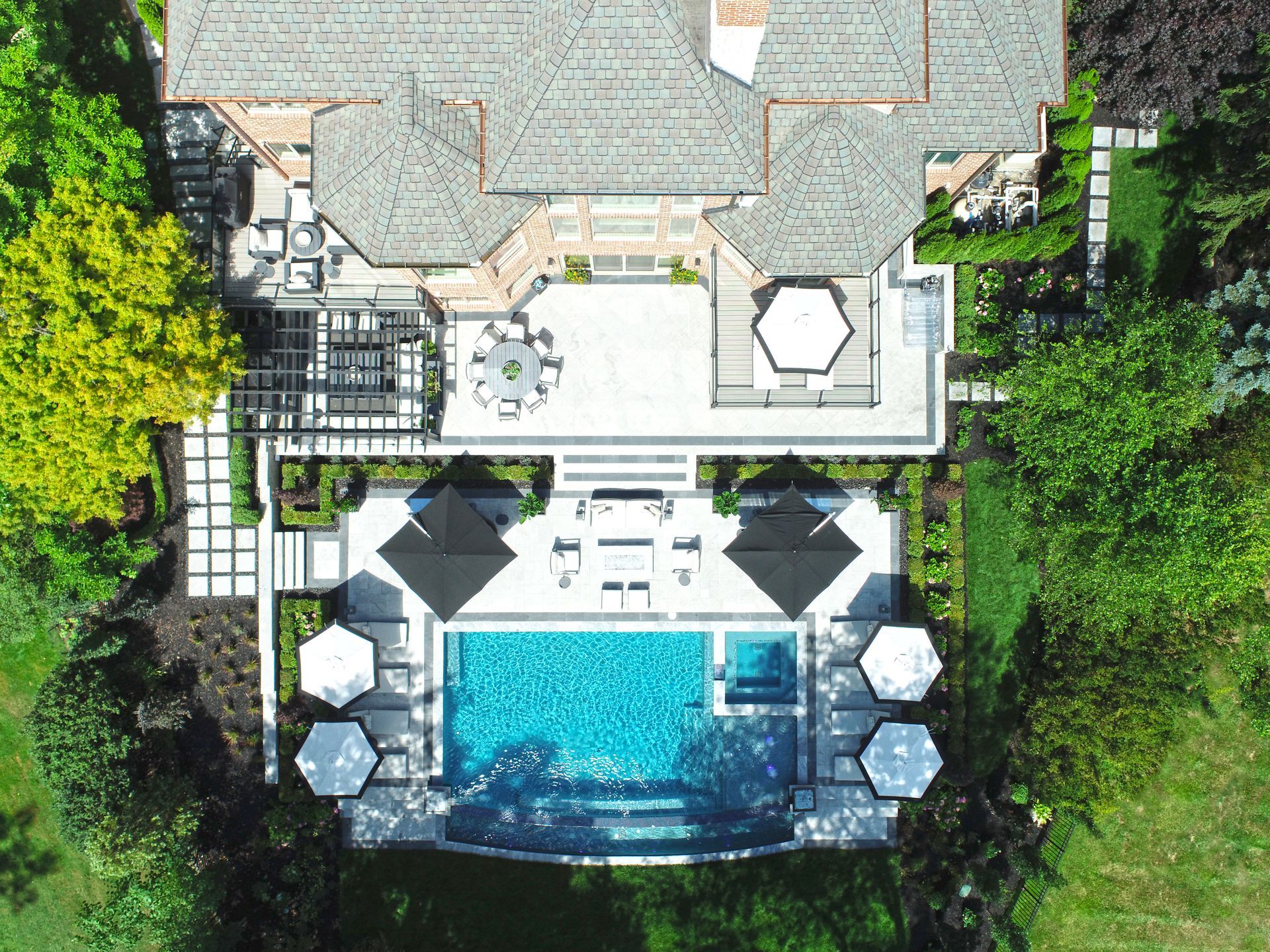
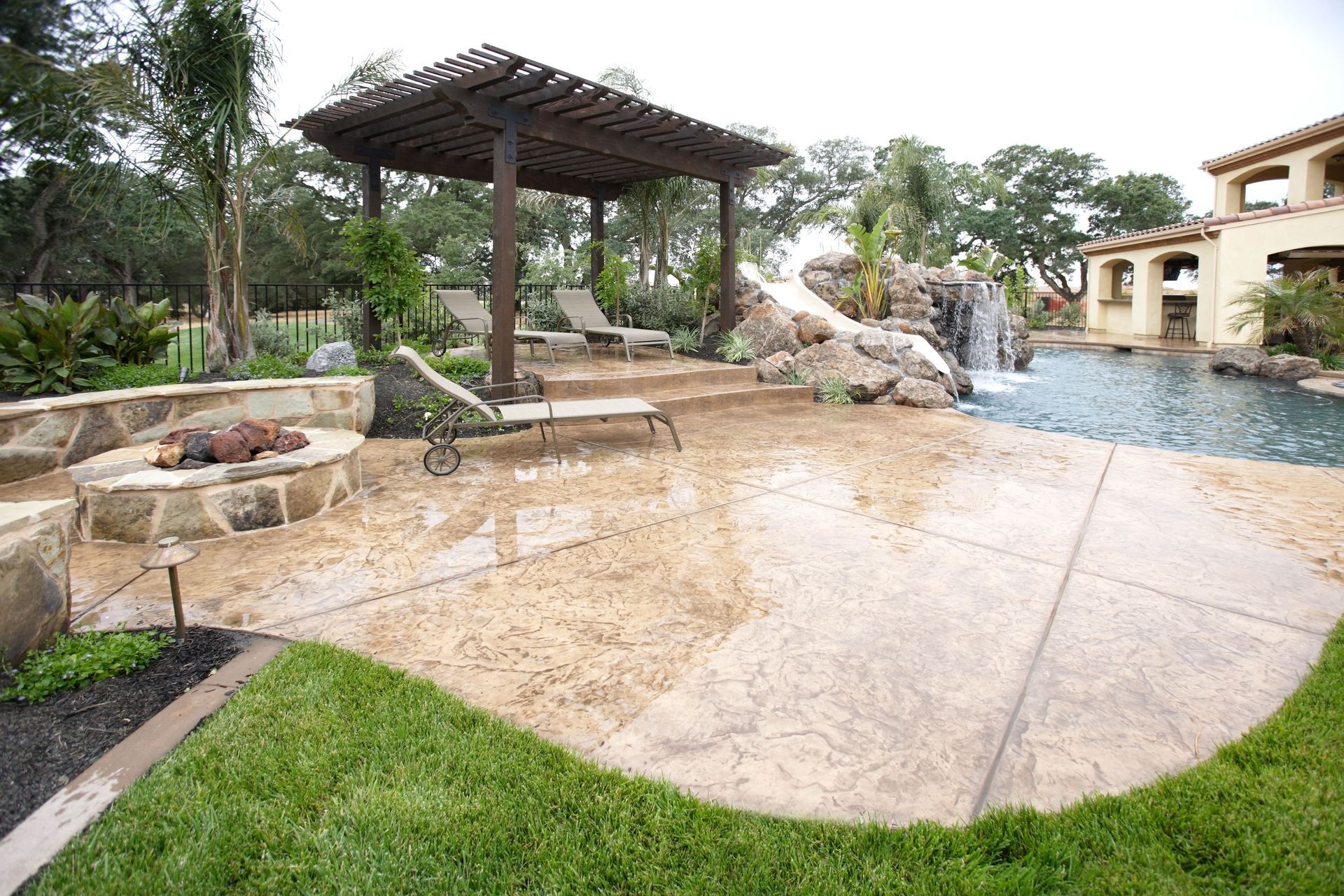
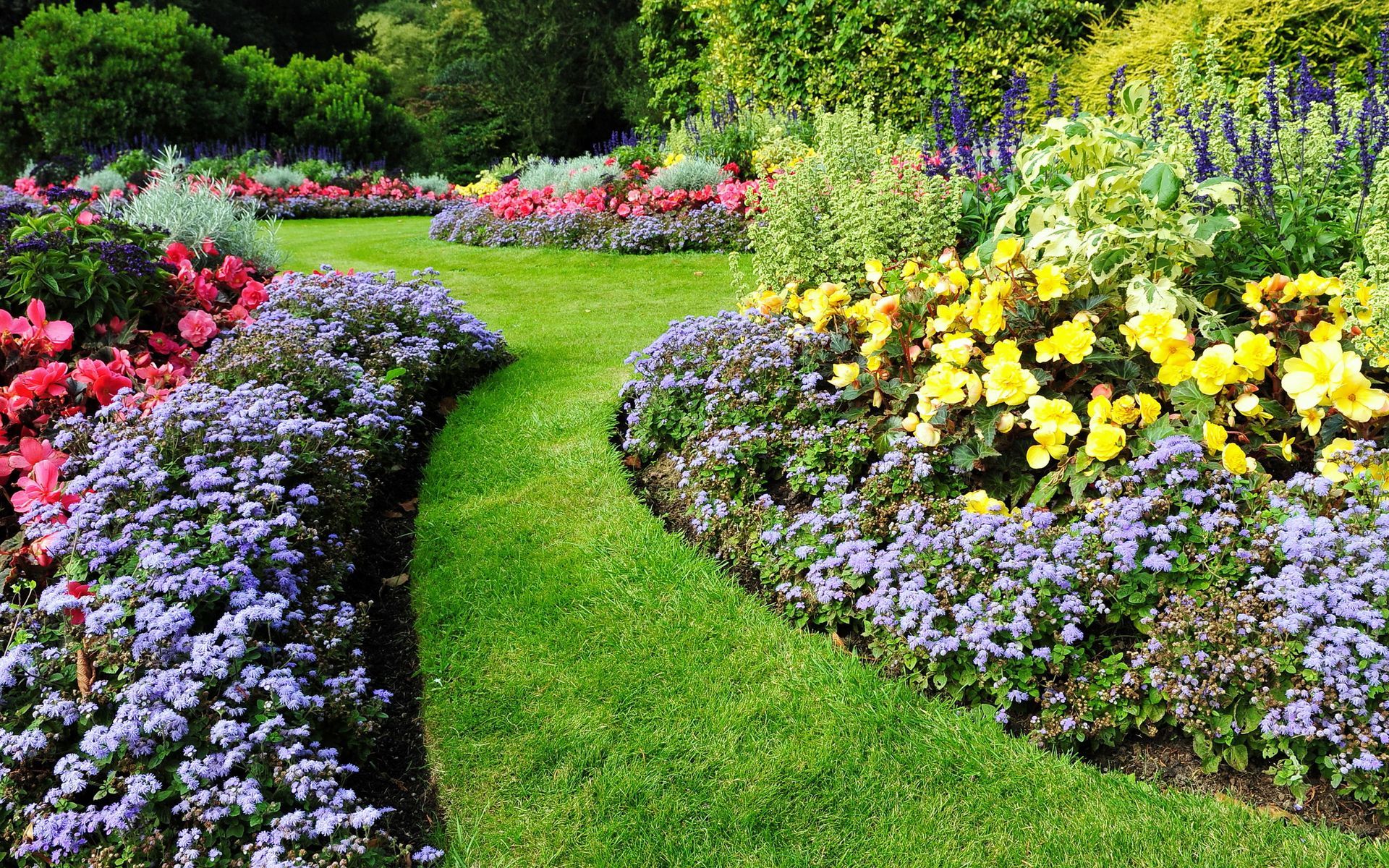
Share On: